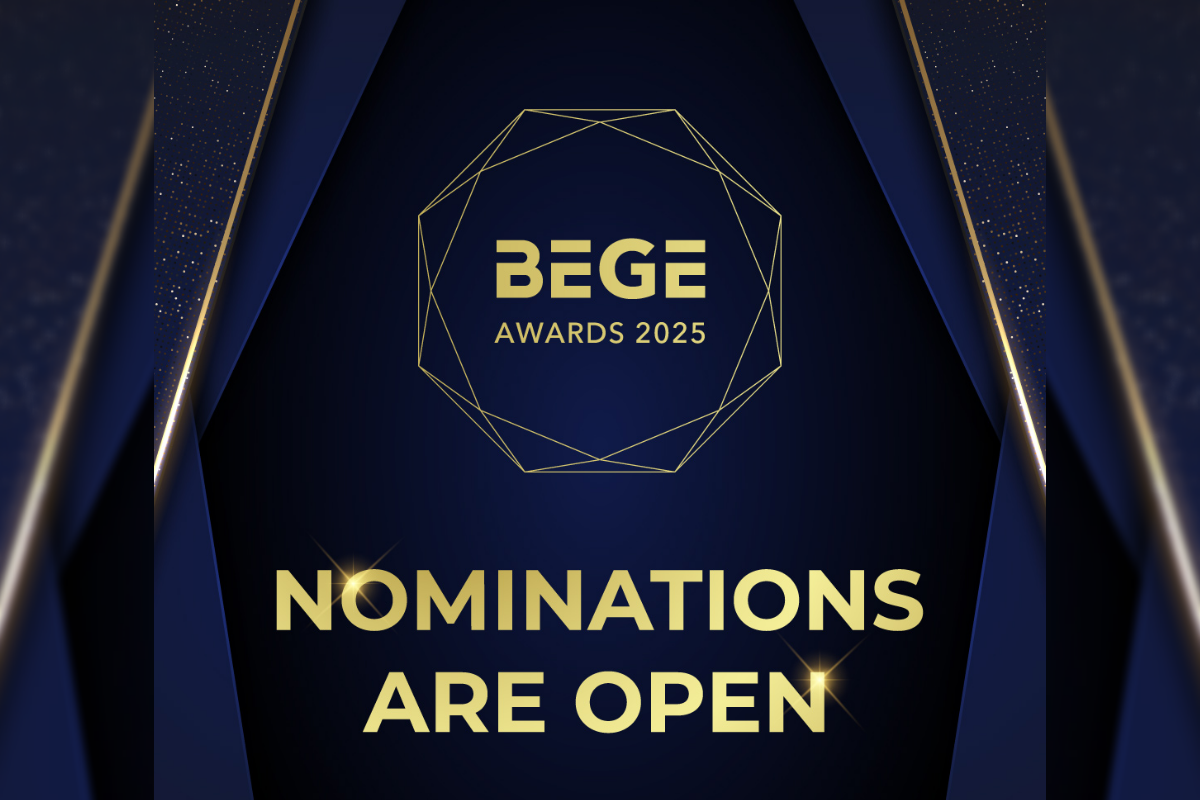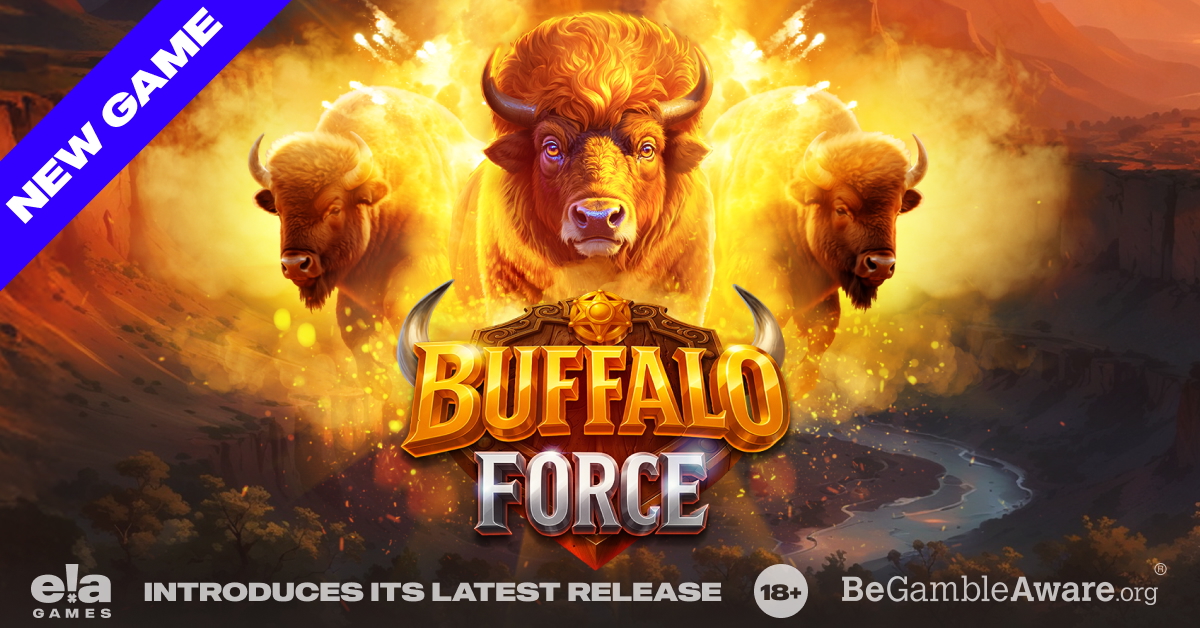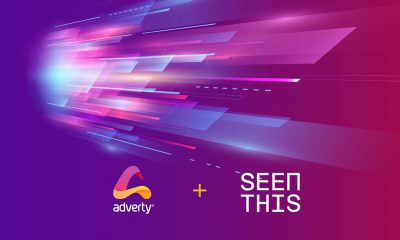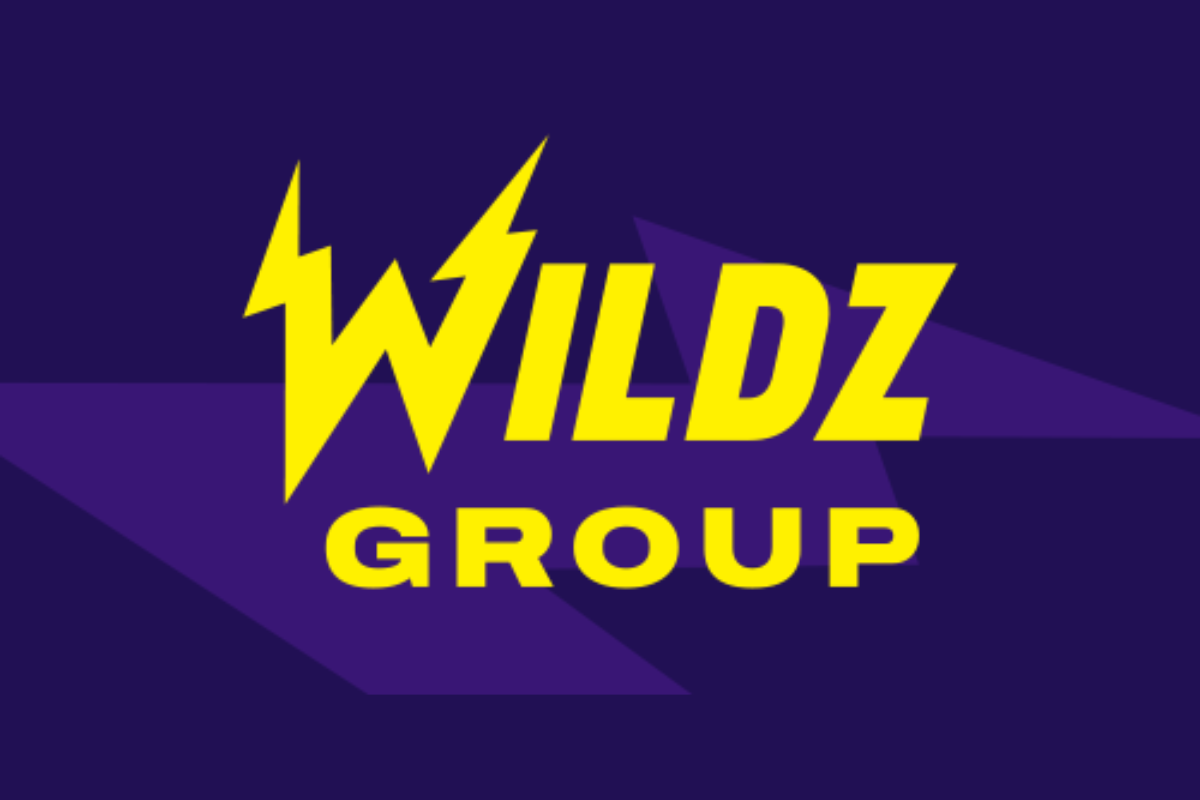Gaming
Make way for the in-game advertising revolution

Nicola Halpin, Senior Director of Sales at Adverty, on why brands must wake up to the creative possibilities inherent within in-game advertising
In-game advertising remains unchartered territory for the vast majority of brands, yet a large-scale shift towards seamless and non-interruptive in-game advertising which sits alongside the immersive experience of increasingly popular virtual worlds has already begun.
Indeed, with around three billion gamers worldwide, this industry offers unlimited, lucrative opportunities for marketers looking to upgrade from traditional advertising methods.
In the mobile space, 5G is one of the most exciting developments – heralding greater creative freedom and unlimited possibilities. According to a report from games analytics company, Newzoo, there will be some 2.1 billion 5G-ready smartphones globally by 2023, accounting for 42.7% of active smartphones. The mobile market’s transition towards this fifth generation of mobile network technology has already begun, with countries around the world rolling out 5G networks, and many of the leading smartphone manufacturers having launched flagship 5G smartphones.
Meanwhile, Newzoo’s report also notes that the era of hypercasual on mobile is branching out into exciting areas with new ways to play leading to new ways to pay, including bundles, direct purchases and ad-based revenues.
With innovations such Adverty’s unobtrusive In-Play and In-Menu ad formats – designed to make in-game advertising a powerful performance as well as a branding channel – brands are starting to wake up to the possibilities. They will be pleased that they did: Our recent research into the reception of in-game advertising indicated that respondents preferred ads which blended seamlessly into the gameplay experience – compared to 30% favourability for a standard banner ad, for instance.
It is now possible to reach mobile gamers non-intrusively – to add to, rather than to detract from – the immersive experience. And with lockdowns having led to consumers engaging with mobile gaming more than ever, with Adverty’s traffic, for instance, going up 35%, this is a trend that looks set to stay. Post lockdown, rather than diminishing, this traffic plateaued.
Besides, gaming is an increasingly popular pastime for a much broader demographic than many assume, too, with Nick Sperrin, Chief Client Officer, Dentsu UK, pointing out that DGame, its specialist division set up to help brands reach and engage with gaming audiences was developed “in response to a rapidly changing marketplace which has mass, not niche, potential.”
Despite this, there remains a huge disconnect between brand investment that is pouring into social media, by way of example, versus gaming – despite both areas having broadly similar reach. Gamers are both male and female, and many are mature – with significant spending power.
So, with the technology advancing all the time and 5G offering increased sophistication and creative freedom, it’s time that brands made the most of native in-game placements. By way of example, Adverty’s formats can’t be turned off by ad blockers; they offer brand awareness and brand safety – and they can run programmatically. In-Menu represents a clickable ad unit which can lead gamers directly to offers or purchase, with even automotive brands are becoming active in this space – proving that there is increasing awareness that games are not just played by kids, but by decision makers and money makers, too.
Many play games daily, too, while the eSports category is exploding. So it should come as no surprise to learn that brand safe advertising which is well-received in this context, without disturbing game play, delivers results. For instance, for Unilever brand, Knorr, a clickable banner in the mobile casual game, Subway Surfers, delivered over 5.76 million viewable impressions and almost seven seconds in average view time per impression. Besides this, Adverty’s patented BrainImpression™ technology, which is based on research around the anatomy of the human eye and brain perception, enables us only charge the advertiser when we know the ads have been fully perceived by the consumer. There is no catch: You only get charged for ads that are seen.
What’s more, our recent brand lift study with Dentsu Data Labs highlighted the potential impact of in-game executions – with ad awareness up 84% and brand recall up 78%. Clearly there is minimal risk when it comes to putting your money in this space, with advertising that blends in well. It’s becoming increasingly evident that brands ignore the in-game revolution at their peril.
-

 Asia7 days ago
Asia7 days agoDigital gaming disruption tackled in 1st AsPac Regulators’ Forum
-

 Africa7 days ago
Africa7 days agoBetKing Renews Ikorodu City FC Partnership for 2025/26 NPFL Season
-

 Compliance Updates6 days ago
Compliance Updates6 days agoKongebonus statement: Norway’s election result signals gambling policy continuity, but licensing debate is set to intensify
-

 Balkans7 days ago
Balkans7 days agoBEGE Awards Nominations Now Open – Celebrating 16 Years of Industry Excellence!
-

 Latest News7 days ago
Latest News7 days agoWin a Fruity Fortune in BGaming’s Bonanza Trillion
-

 Latest News6 days ago
Latest News6 days agoAnswer the Call of the Wild: ELA Games Unveils Its Latest Game “Buffalo Force”
-

 Latest News7 days ago
Latest News7 days agoSaddle up for big wins under the Bison Moon with the latest slot from Northern Lights Gaming
-

 Latest News7 days ago
Latest News7 days agoSlots Temple Announces Exclusive Free-to-Play Tournament Partnership with Pragmatic Play




























